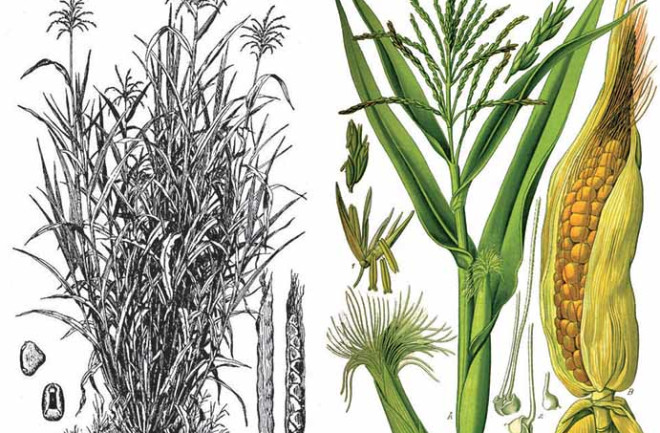In Mexico, corn tortillas rule the kitchen. After all, maize began evolving there from a grass called teosinte some 9,000 years ago, eventually becoming a staple consumed around the world.
But that spread presents a puzzle. In 5,300-year-old remains of maize from Mexico, genes from the wild relative show that the plant was still only partly domesticated. Yet archaeological evidence shows that a fully domesticated variety was being grown in South America more than 1,000 years before that.
“How can you have maize as part of a crop complex in South America when domestication isn’t even finished in Mexico?” asks Logan Kistler, curator of archaeobotany and archaeogenomics at the Smithsonian Institution in Washington, D.C.

